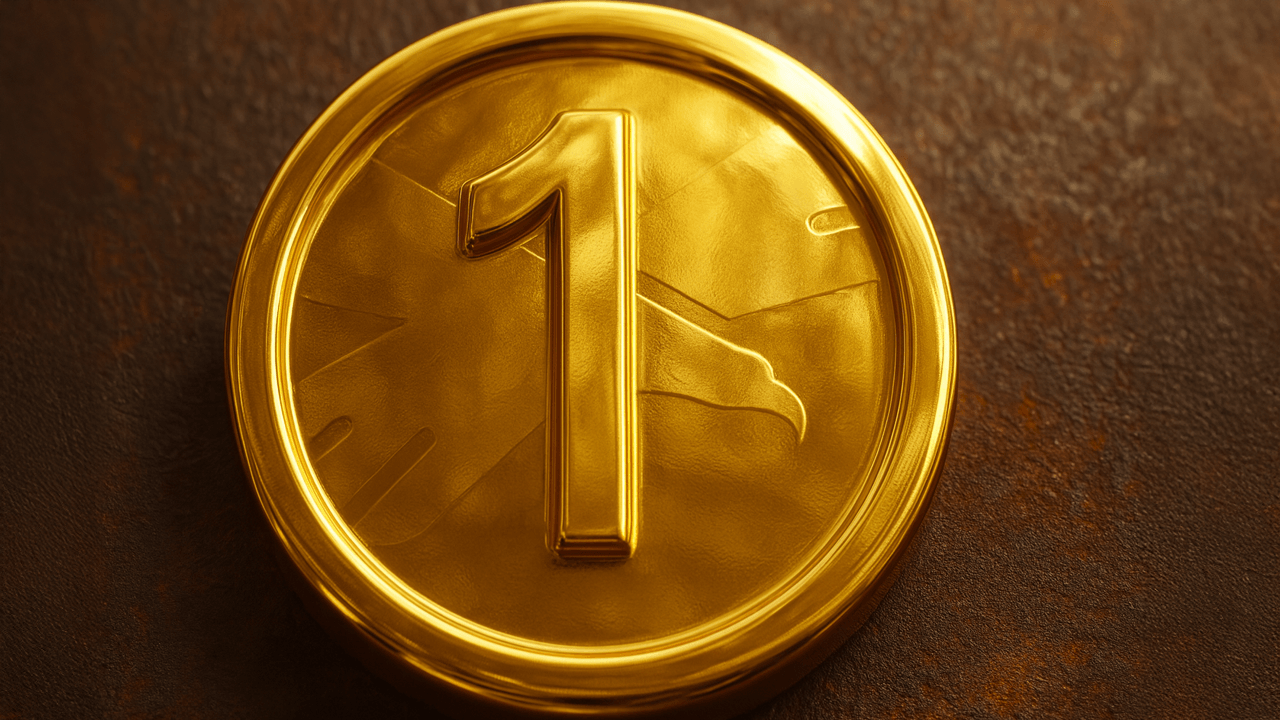The emergence of USD1, a stablecoin launched by World Liberty Financial (WLFI)—a DeFi platform closely affiliated with the Trump family—signals a fresh and ambitious entry into the expanding stablecoin ecosystem. Stablecoins, digital currencies pegged to traditional fiat currencies, have become crucial in the crypto space by offering price stability while enabling decentralized finance activities. USD1 attempts to capitalize on this growing demand by integrating political prominence, strong asset backing, and cross-chain functionality to vie for a significant foothold in the competitive stablecoin market.
Foundations and Backing: Stability in Design
USD1 is pegged 1:1 to the U.S. dollar and is distinguished by its rigorous asset backing. Rather than relying solely on algorithmic incentives or partial collateralization, USD1 is backed by a diversified pool of tangible financial instruments, including short-term U.S. government treasuries, dollar deposits, and other cash equivalents. This approach seeks to mirror the safety and reliability typically associated with traditional fiat currency reserves, aiming to cement trust from institutional investors and individual users alike.
Moreover, governance and issuance of USD1 involve BitGo Trust, a reputable digital asset custody provider, enhancing the project’s compliance and security credentials. World Liberty’s strategy to foster stablecoin reliability with transparent, asset-backed issuance marks a compelling divergence from some less-collateralized competitors in the market.
Strategic Collaborations and Technological Integration
World Liberty Financial has partnered with Re7 Labs to deploy USD1 vaults on decentralized finance (DeFi) lending and trading platforms such as Euler and Lista. This vault setup on Ethereum and Binance Smart Chain (BSC)—and subsequently expansion to Tron’s blockchain—facilitates broader utility and integration. By harnessing multiple chains, USD1 addresses cross-chain liquidity fragmentation and ensures higher accessibility within decentralized ecosystems and centralized exchanges.
Binance’s listing of USD1 is a pivotal milestone, boosting visibility and liquidity. The Binance Smart Chain support, coupled with planned integrations with wallets, exchanges, and on-chain applications, positions USD1 to become a widely accepted payment and trading medium within the crypto community. Additionally, World Liberty’s roadmap includes a forthcoming mobile app to facilitate seamless user interactions with USD1 and expanded DeFi functionalities.
Market Performance and Adoption Metrics
Since its quiet launch, USD1 has recorded impressive trading volumes, with data indicating surges—sometimes exceeding 6,700% within 24-hour windows—showcasing rapid market absorption. The stablecoin has crossed a $1 billion market capitalization within months of its release, securing a position among the top ten stablecoins by supply.
Institutional adoption also provides macro market validation. An investment fund in the United Arab Emirates has earmarked USD1 for a $2 billion allocation, an endorsement that highlights the growing international appetite for stablecoins aligned with strong regulatory and asset-backed foundations. Such partnerships imply that USD1 could serve as a bridge between traditional finance entities and decentralized crypto markets.
Zak Folkman, a key figure associated with World Liberty, has expressed confidence in USD1 potentially becoming the largest stablecoin by market cap, citing interest from crypto treasury management firms that seek diversified treasury tools.
Political and Regulatory Dimensions
USD1’s association with the Trump family distinguishes it from other stablecoin projects, intertwining financial innovation with political narratives. Donald Trump Jr. has framed stablecoins like USD1 as instruments to reinforce U.S. dollar dominance globally, emphasizing their role in preserving dollar hegemony amid evolving financial systems.
However, the project also faces scrutiny and skepticism due to these political linkages, contributing to a mixed reception across the crypto community and regulators. The firm operates within a complex regulatory landscape, where major legislation is being debated to define rules around stablecoins to ensure transparency, security, and financial stability.
World Liberty is engaging with these challenges by committing to upcoming audit reports of USD1, aiming to demonstrate financial integrity in compliance with regulatory standards. The firm’s move to prepare institutional-ready products and maintain transparent operational practices reflects sensitivity to this evolving environment.
Challenges and Risks Ahead
Despite promising growth, USD1 encounters intense competition from established stablecoins such as Tether (USDT) and USD Coin (USDC), which dominate in liquidity, adoption, and developer trust. Building a sustainable ecosystem beyond initial trading spikes requires continuous technological development, strong partnerships, and regulatory acceptance.
The stablecoin market itself faces volatility risks, regulatory reshaping, and the potential for market fragmentation. Given USD1’s political ties, maintaining neutrality and broad-based trust will be critical for long-term adoption, especially among global financial institutions wary of politicization.
Further, the project’s ambitious multi-chain deployment, while advantageous, brings technical challenges related to interoperability, security, and user experience that require careful management to avoid undermining confidence.
Conclusion: USD1’s Place in Crypto’s Future
USD1 by World Liberty Financial represents a unique confluence of political influence, robust asset backing, and DeFi innovation poised to challenge the status quo in the stablecoin domain. Its rapid ascent, driven by strategic partnerships, institutional interest, and diverse blockchain integration, underscores the potential for new stablecoin entrants to reshape digital finance.
However, the road ahead demands navigation through competitive pressures, regulatory scrutiny, and market trust cultivation. Whether USD1 can leverage its distinctive backing and network effects to become a mainstream stablecoin remains an open question, but its trajectory exemplifies the dynamic interplay of finance, technology, and political identity shaping the future of digital currencies.
Stablecoins like USD1 are more than just tools for crypto trading—they are becoming critical arteries in the financial ecosystem, influencing liquidity, cross-border payments, and monetary sovereignty. World Liberty Financial’s USD1 offers a bold case study of how new players can influence this evolving terrain by blending traditional finance security with decentralized innovation underpinned by high-profile backing.

